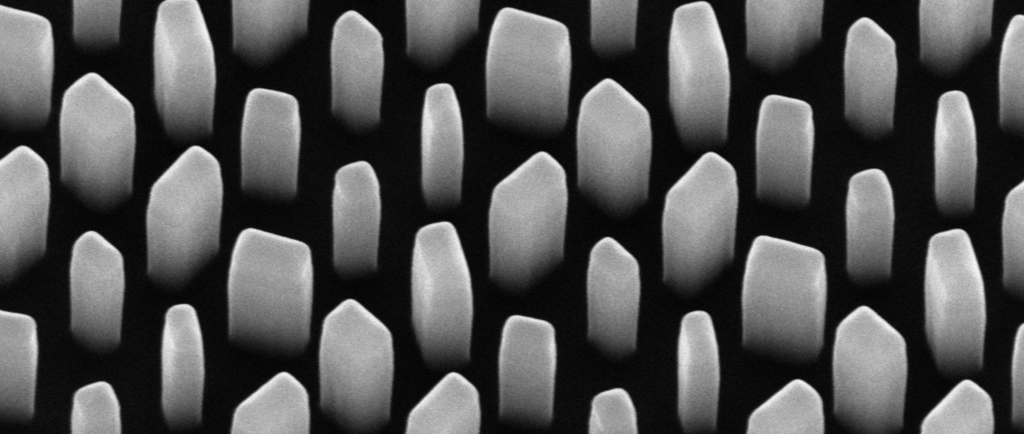Novel Metasurface Optical Element Sheds New Light on Atmospheric Aerosols


Understanding Metasurface Gratings
Capasso’s metasurface grating represents a groundbreaking advancement in optical technology. Comprised of individual elements that measure approximately 200 nanometers across, these grating structures harness the power of light in a wholly innovative manner. By organizing and manipulating light based on its polarization state, they pave the way for the development of simplified polarimeters.
Advantages of Metasurface Optics
One of the most notable benefits of metasurface optics is their physical characteristics. Unlike traditional optical devices, which can be bulky and heavy, metasurface optics are inherently lighter and smaller. This compact nature not only translates to reduced manufacturing costs but also facilitates a simpler integration into various systems. For space exploration, particularly in NASA's planned earth science missions, these advantages are critical. The ability to deploy lightweight and compact polarimeters significantly increases the feasibility of conducting sophisticated scientific investigations in orbit.
Implications for Future Earth Science Missions
As NASA refines its approach to future earth science missions, the application of metasurface optics could be transformative. The enhanced capabilities of compact polarimeters promise to improve the accuracy and efficiency of remote sensing technologies. By employing capasso’s metasurface grating, future missions may witness a significant leap forward in how we collect and interpret data regarding Earth's atmospheric conditions, ecosystems, and climate dynamics. This development not only highlights the technological shift but also emphasizes the potential to implement advanced methods of obtaining crucial information more economically than ever before.
